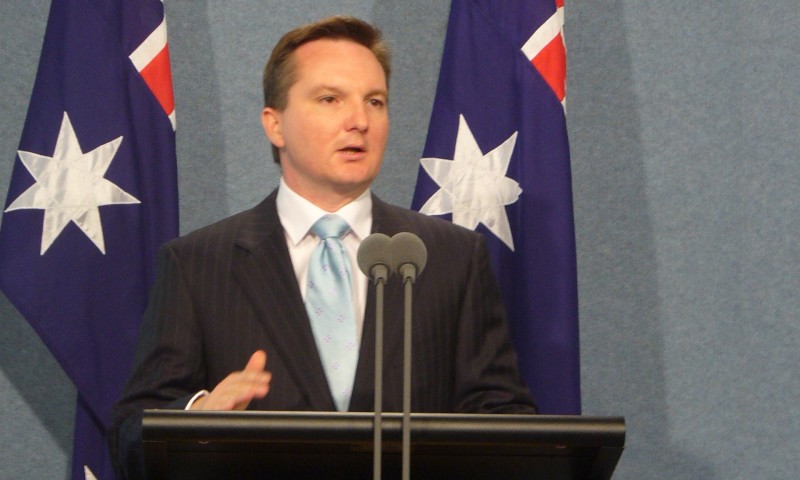Bowen clarifies figures used to support franking credit policy
After figures used by Labor to justify its policy to remove refundable franking credits were called into question, shadow treasurer Chris Bowen has provided further information on the circumstances and factors the calculation was based on.
Chris Bowen has gone on the record several times this year using the comparison of a nurse and a retired shareholder to highlight the inequitable scenario in a bid to sell the proposal to end cash refunds for excess dividend imputation credits.
“A nurse who earns $67,000 a year we charge $13,000 in tax. But a retired shareholder who has $67,000 in income we charge her zero tax and then write her a cheque for $27,000. That is not OK,” Mr Bowen said.
SMSF Adviser’s sister title, Accountants Daily, previously reported that analysis conducted by TaxBanter senior tax trainer Robyn Jacobson showed there were several discrepancies that showed the numbers did not stack up.
Ms Jacobson previously noted that the franking rate is too high if Mr Bowen’s remarks imply that the franking credit refunded to the shareholder is $27,000.
“Assuming that the income of $67,000 to which Mr Bowen refers is the taxable income — that is, the shareholder has the same taxable income as the nurse — then this includes the dividend grossed up for the franking credit, suggesting that the dividend (actual cash received) is $40,000 and the franking credit (notional assessable income) is $27,000.
“However, this means that the franking rate applying to the dividend is just over 40 per cent, which is not possible under the imputation rules.”
Mr Jacobson also noted that if one is to accept those figures provided by Mr Bowen, the refundable amount would not add up.
“The income tax the shareholder pays on the taxable income of $67,000 — before the franking credit is applied — is $14,132 including the Medicare levy and the LMITO of $530 (same as the nurse),” she said.
“Then the franking credit of $27,000 is applied which reduces the tax payable to zero, and produces an excess franking credit of $12,868. The amount refunded to the shareholder is the excess franking credit of $12,868, not the entire amount of the $27,000 franking credit.”
She stated that if an SMSF held the shares, and all of the members were in pension phase, and none of the members have exceeded their $1.6 million transfer balance cap (which would cause the SMSF to pay some tax on the earnings attributable to the capital above $1.6 million held in an accumulation account and therefore affect the outcome), then the income of the SMSF would be tax-free, in which case the SMSF would receive a full refund of the franking credit.
“But the refund representing the excess franking credit would be $20,100, not $27,000,” Ms Jacobson added.
In further analysis and using a maximum franking rate of 30 per cent, Ms Jacobson listed a number of scenarios to illustrate the correct figures that would apply:
The taxable income is $67,000 — then the dividend is $46,900, the franking credit is $20,100, and the refundable tax offset is $5,968;
The dividend is $67,000 — then the franking credit is $28,714, the taxable income is $95,714 and the refundable tax offset is $3,444;
The dividend is $40,000 — then the franking credit is $17,142, the taxable income is $57,142 and the refundable tax offset is $6,411;
The franking credit is $27,000 — then the dividend is $63,000, the taxable income is $90,000 and the refundable tax offset is $4,933.
Mr Bowen has now provided an update to Nine’s Australian Financial Review clarifying what his calculation was based on and has adjusted his figures.
According to Mr Bowen’s new figures, the refundable tax offset, representing the refundable franking credit, is $28,700, not $27,000, based on a grossed-up dividend of $95,667 (i.e. cash dividend of $66,967.90). Using a yield of 5 per cent, this is a capital base of $1,339,333.
Ms Jacobson said this assumes that the SMSF is wholly in pension phase and none of the members exceed their $1.6 million transfer balance cap.
She said that Mr Bowen’s original remarks were ambiguous and misleading and that she was grateful for the clarity on the figures.








